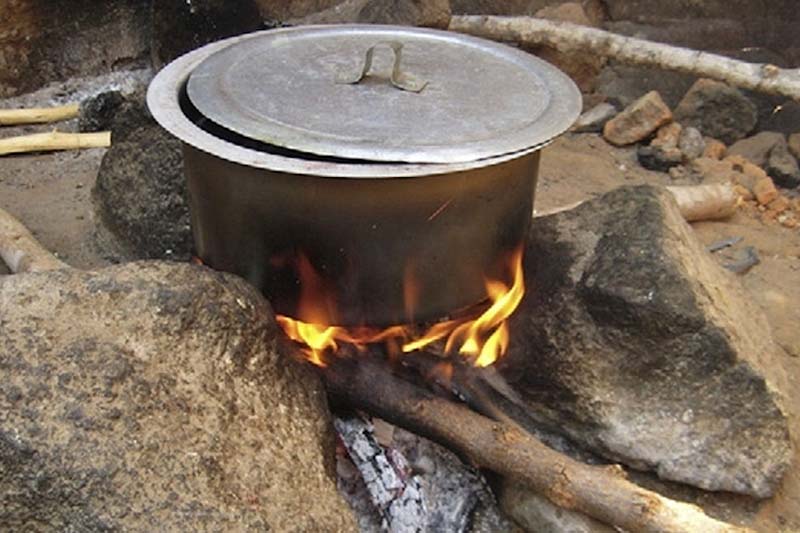Clean cooking still a challenge in Nepal: World Bank report
Kathmandu, November 21
Despite progress in the quality of electricity access in recent years, clean cooking remains a challenge for Nepal, as firewood, which is polluting and causes a myriad of heath issues particularly for women and children, remains the most widely used source of cooking fuel, states a first-of-its-kind national survey conducted by the World Bank in 2017.
As per the report, almost 73.5 per cent of households in Nepal still cook with firewood, animal waste, crop residue or plant biomass while less than two out of 10 households — about 17.5 per cent — have access to modern cooking services, according to the survey report.
However, the World Bank survey shows that 95 out of 100 households in Nepal have access to electricity, while 72 out of 100 households have access to reliable, affordable and uninterrupted access to electricity for a significant part of the day, marking remarkable progress over the past decade.
Despite this progress on the coverage and quality of electricity access, about the same number of households — 70 out of 100 — continue to use firewood and other polluting and harmful fuels for cooking in Nepal, the survey shows.
“Providing access to high-quality energy services to each and every person in Nepal is one of the high priorities of the government. We are working to achieve 100 per cent energy access by year 2023,” stated Dinesh Kumar Ghimire, secretary at the Ministry of Energy, Water Resources and Irrigation.
The survey report shows that about 67 per cent of households had uninterrupted access to electricity for at least eight hours a day, where supply is affordable, reliable and conducive for the use of household appliances like fans and televisions. Overall, about 71.7 per cent of households drew electricity from the national grid, while 23 per cent were connected to off-grid sources like micro or mini-hydro and solar power.
“Since this 2017 survey, Nepal has made further progress by increasing grid electrified population from 72 per cent to 78 per cent. The country has been load-shedding free since 2018. We celebrate these achievements made by Nepal and are very proud of being a partner with the government in further improving the quality of energy services for lighting and clean cooking and better the life of the people in Nepal,” said Faris H Hadad-Zervos, World Bank country manager for Nepal.
The Nepal national household-level survey is part of the Global Survey on Energy Access, which relies on the Multi-Tier Framework (MTF) approach piloted by the World Bank with the support of the Energy Sector Management Assistance Programme (ESMAP). This is the first time a survey has tracked the quality of electricity access across households in Nepal, compared to a more conventional, binary approach.
“With adequate electricity supply in the days to come, the government will put more emphasis on clean cooking solutions and aim to achieve one electric stove in every home, as stated in the vision laid out in the Energy White Paper in 2018,” said Madhusudhan Adhikari, executive director of Alternative Energy Promotion Centre.
Meanwhile, the survey suggests that for better quality of electricity access, households that access electricity through the grid, micro-hydro and mini-hydro sources must have electricity available for longer hours, particularly between 6:00pm to 10:00pm, where supply is reliable with fewer, unexpected interruptions and voltage fluctuation issues. Households using solar devices and other low capacity sources of electricity will need to switch over to the grid or high-capacity off-grid solutions in the medium to long terms. For last mile connections, households with no electricity can be offered low-cost renewable electricity with flexible payment options as an interim solution.






